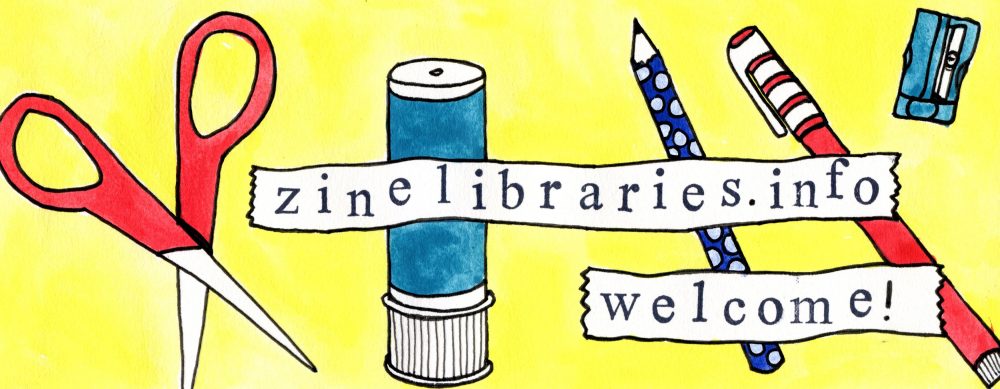John Stevens, State Library of Victoria
  UTC – 3:30
Resources from Chat:
Polyester Books
Session Notes:Â
John started at the State Library of Victoria as a new graduate in 2007, and maintained a connection with the collection zine throughout the years. He is now in a new role as full time cataloger. The zine collection at SLV started in the late 1990s, with active collection beginning in 1999. This was an uncertain time for zines and zinesters due to the blossoming of the Internet, which allowed for widespread distribution of information. Some people thought that other people wouldn’t make zines anymore, now that there were online alternatives available.Â
Two librarians at SLV went to Paul, the owner of Polyester Books (see image below) in Sydney, asking Paul to collect one of each new zine that was sold by the store. While some zines shifted online, people were still making zines, but less about sharing information and more about personal connections and insights. The base of people making zines continued increasing through the early 2000s. Eloise at the Victoria State Library was connected with the Sticky Institute, and a new connection between SLV and Sticky was formed. Polyester Books closed in 2016. 
Zines are difficult to classify and describe, they often lack standardized information and don’t have ISBNs or other standard numbers. The Octopod in Newcastle (This is not art conglomerate) accrued zine donations, but struggled to arrange/collect them (arranging by size, by color, etc.); eventually their collection became part of Newcastle Public Library. SLV is a “gatekeeping institution,” and zines are in special collections, which makes dealing with zinesters fraught with institutional rules–they can seem off putting to creators and people who wish to view the collection. No browsing is permitted, which curtails serendipitous discovery.Â
The value of the SLV’s zine collection will be revealed in time, especially for its usefulness to researchers and academics, e.g. those looking into third wave feminism. There’s so much zine material being published, but it’s ephemeral which makes it difficult to collect everything. There will never be an exhaustive collection of zines. Also, some creators do not want their zines to be added to the collection. It’s important to respect that, zine collections can not exist without the goodwill of the zine community. 
In 2017 there was a touring zine exhibition of zines and artists’ books started at SLV, which toured art spaces, libraries, and rural areas throughout Australia. Zines were made for the exhibition that people could handle freely. Another event Zine-a Warrior Print-fest happened in the library [or at Museum of Contemporary Art??? missed this], multiple zinesters tabled.Â
As for the future of zine librarianship and zines in Australia: John sees collecting of zines continuing in libraries. He sees the need for those in libraries to recognize zines as a medium which is distinct from other media, and is driven by an ideological approach to DIY production. The zine community continues to grow. John sees an emerging interest in zines in librarianship as ephemeral creative production. Libraries have been impacted strongly by COVID and adapting quickly. Distances in Australia lead to challenges in connecting to each other; there is a need for libraries to be intentional in maintaining connections and keeping momentum in supporting zine communities.
